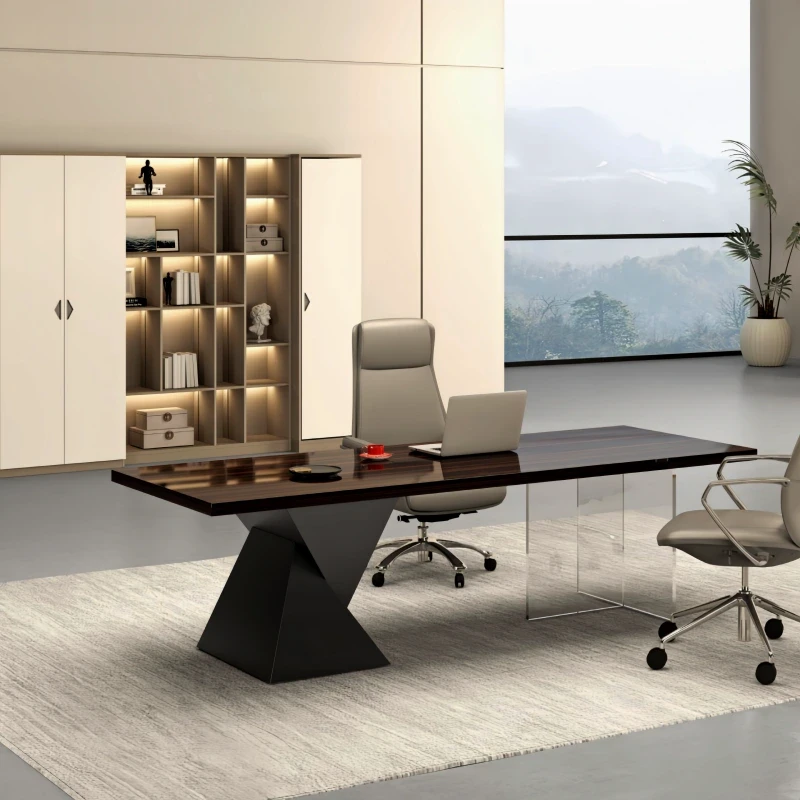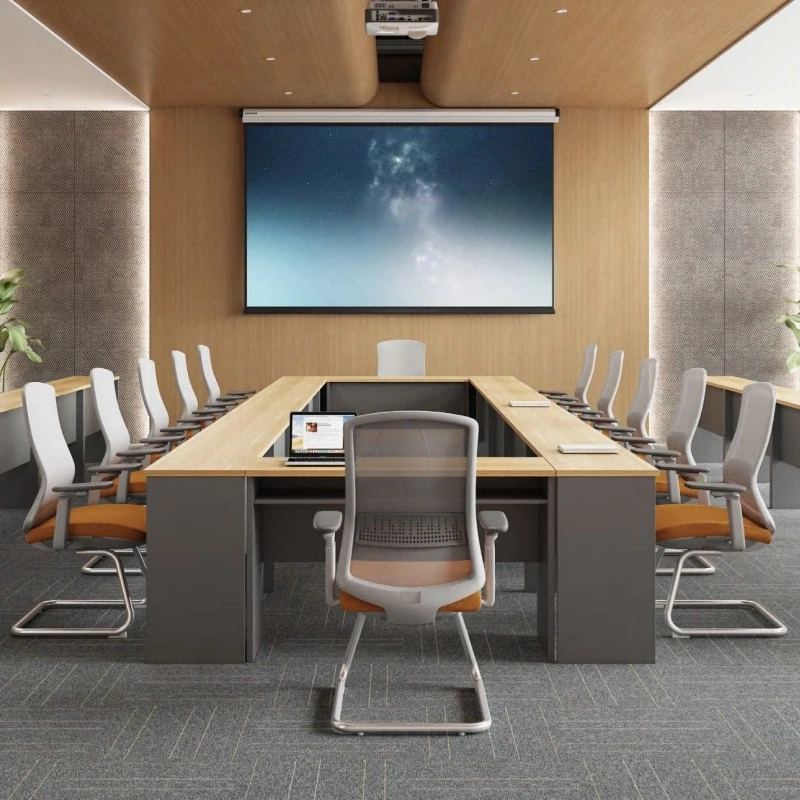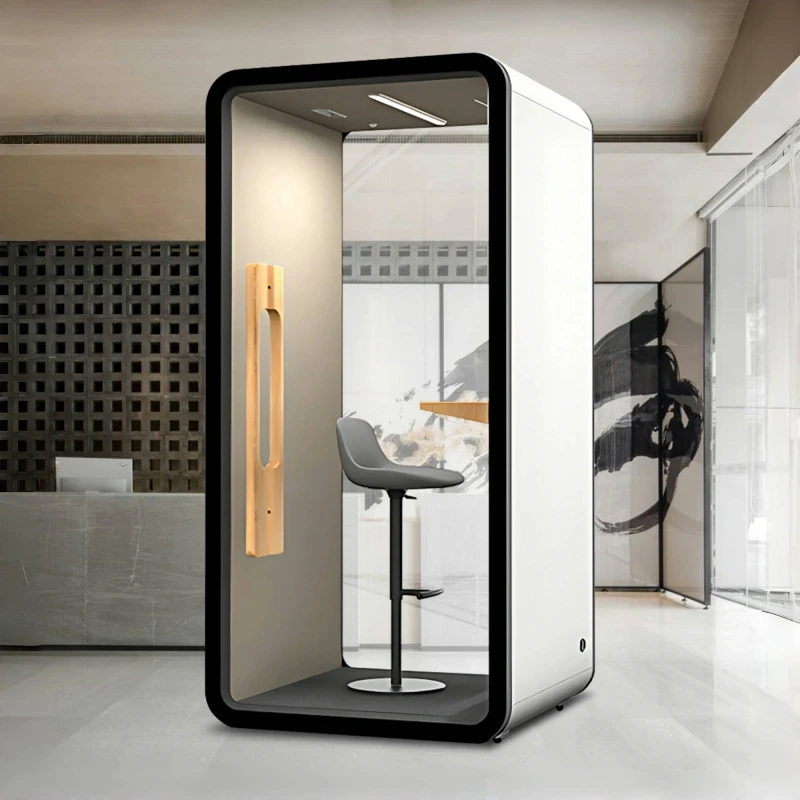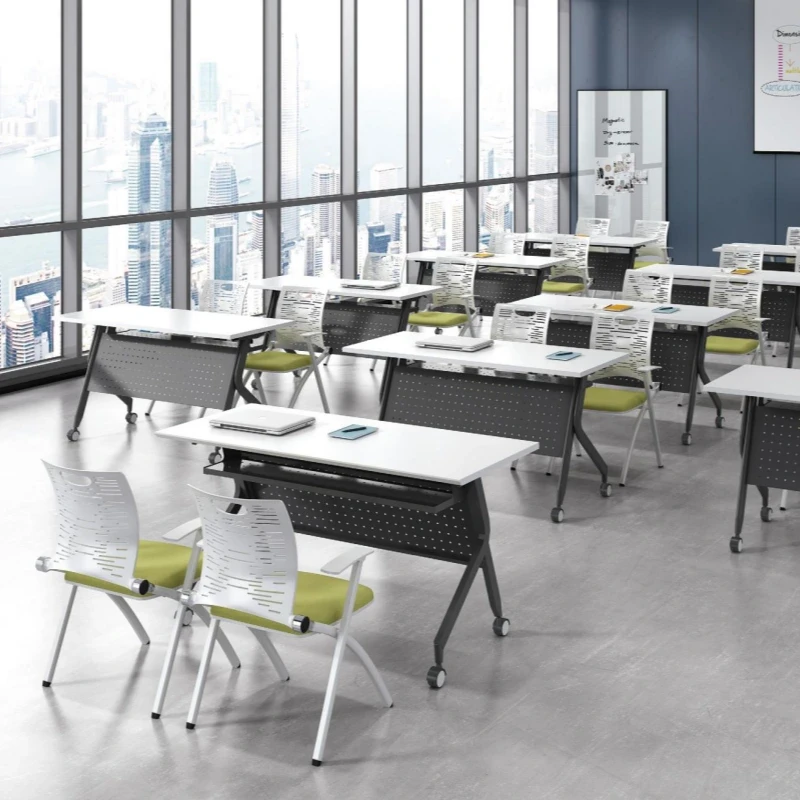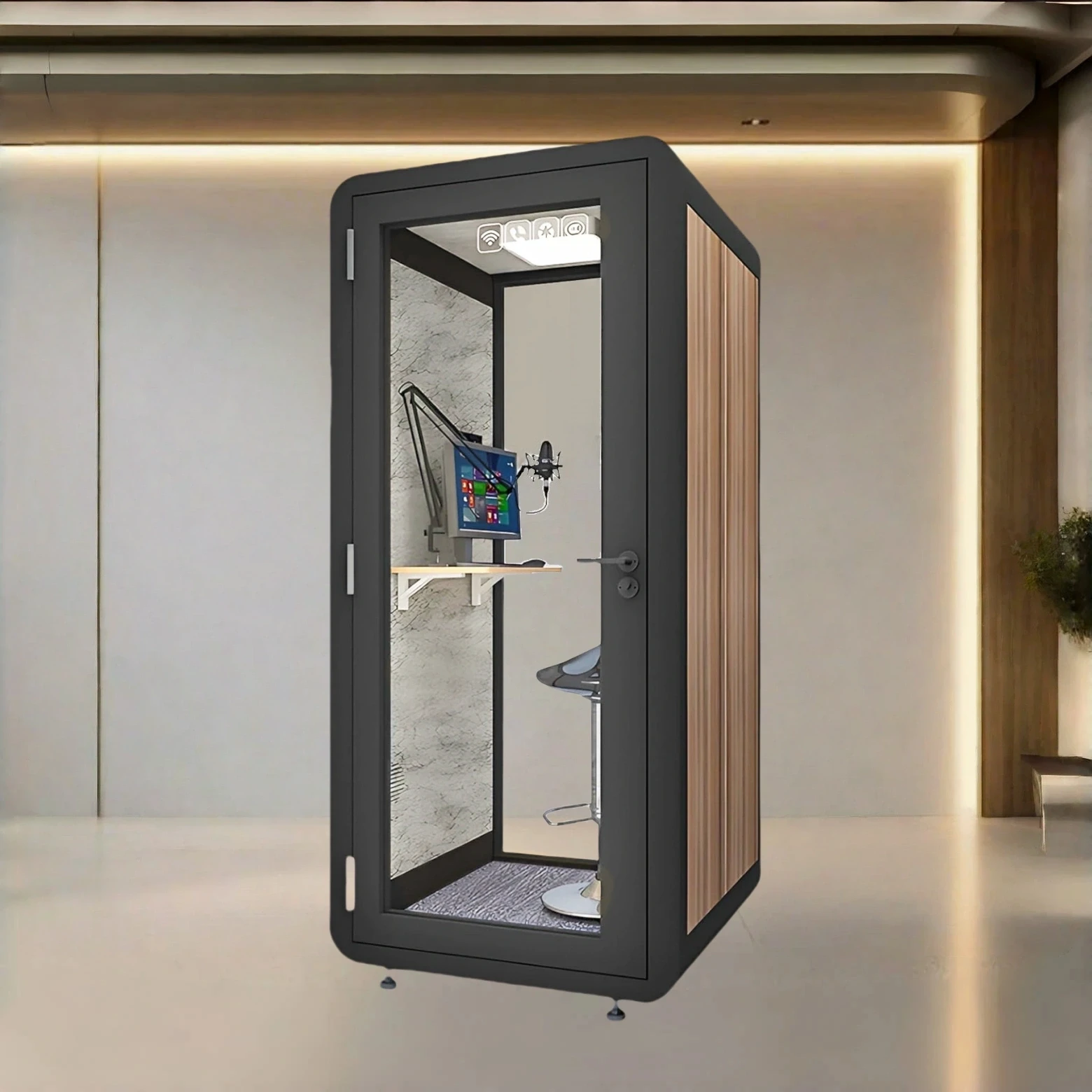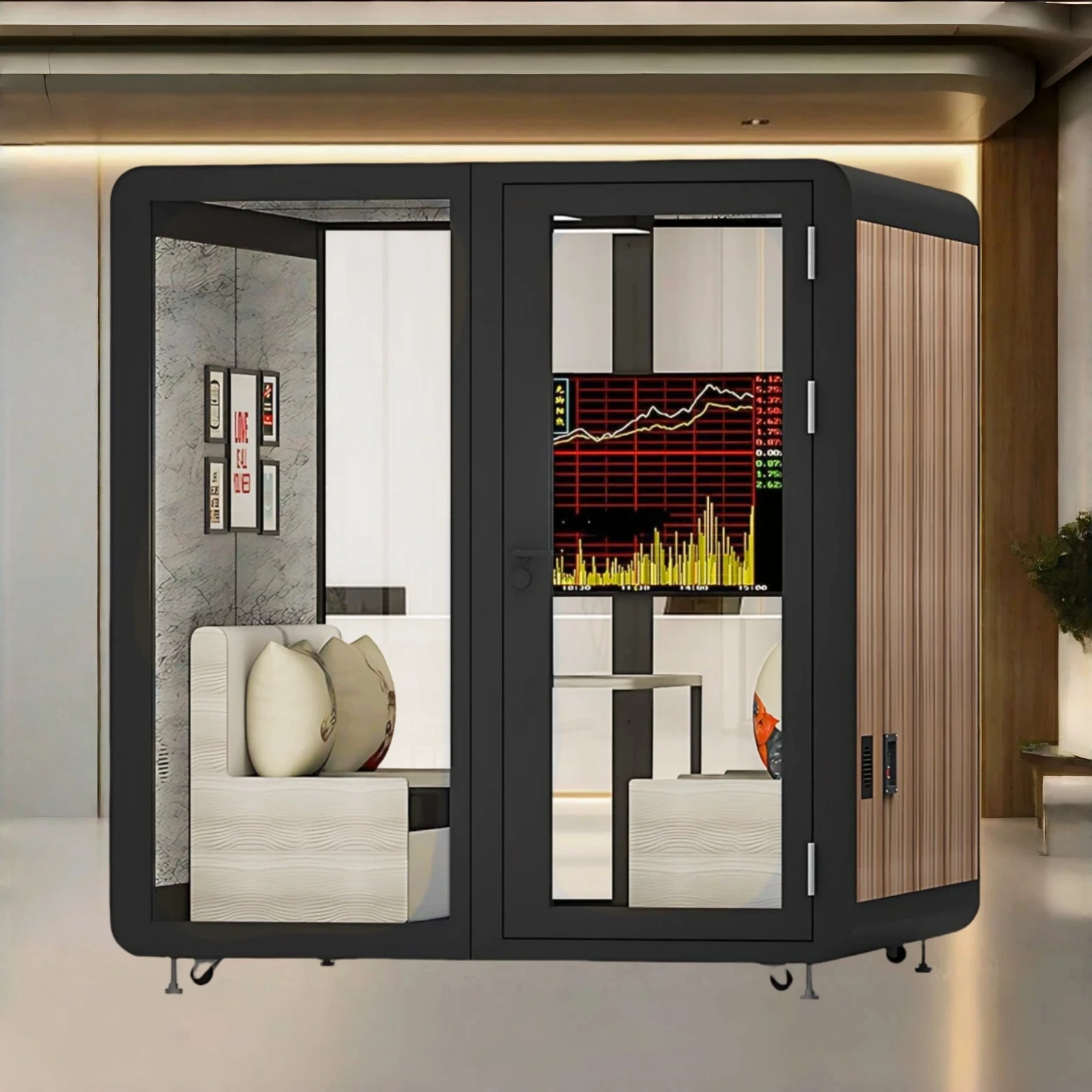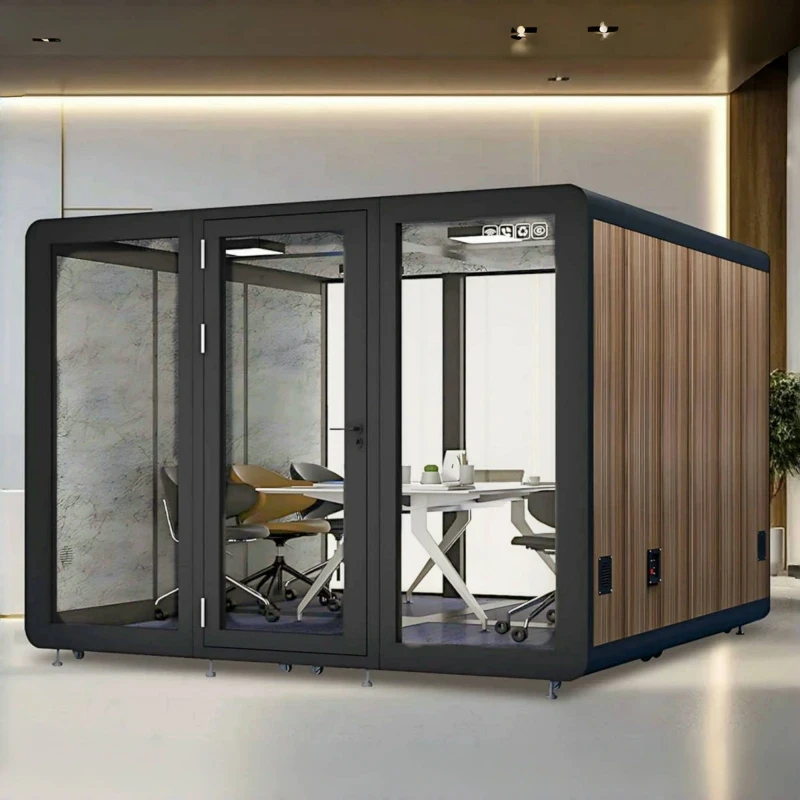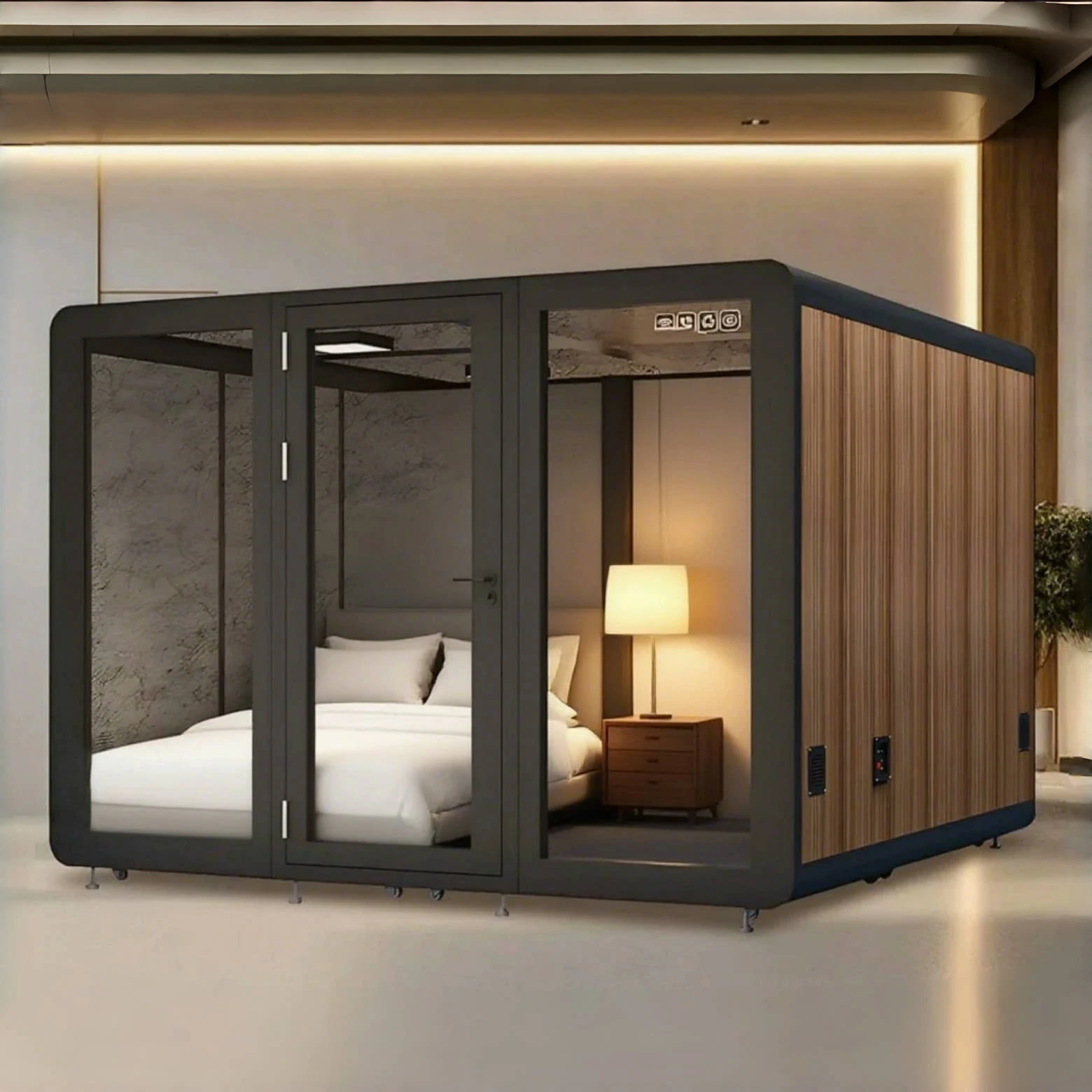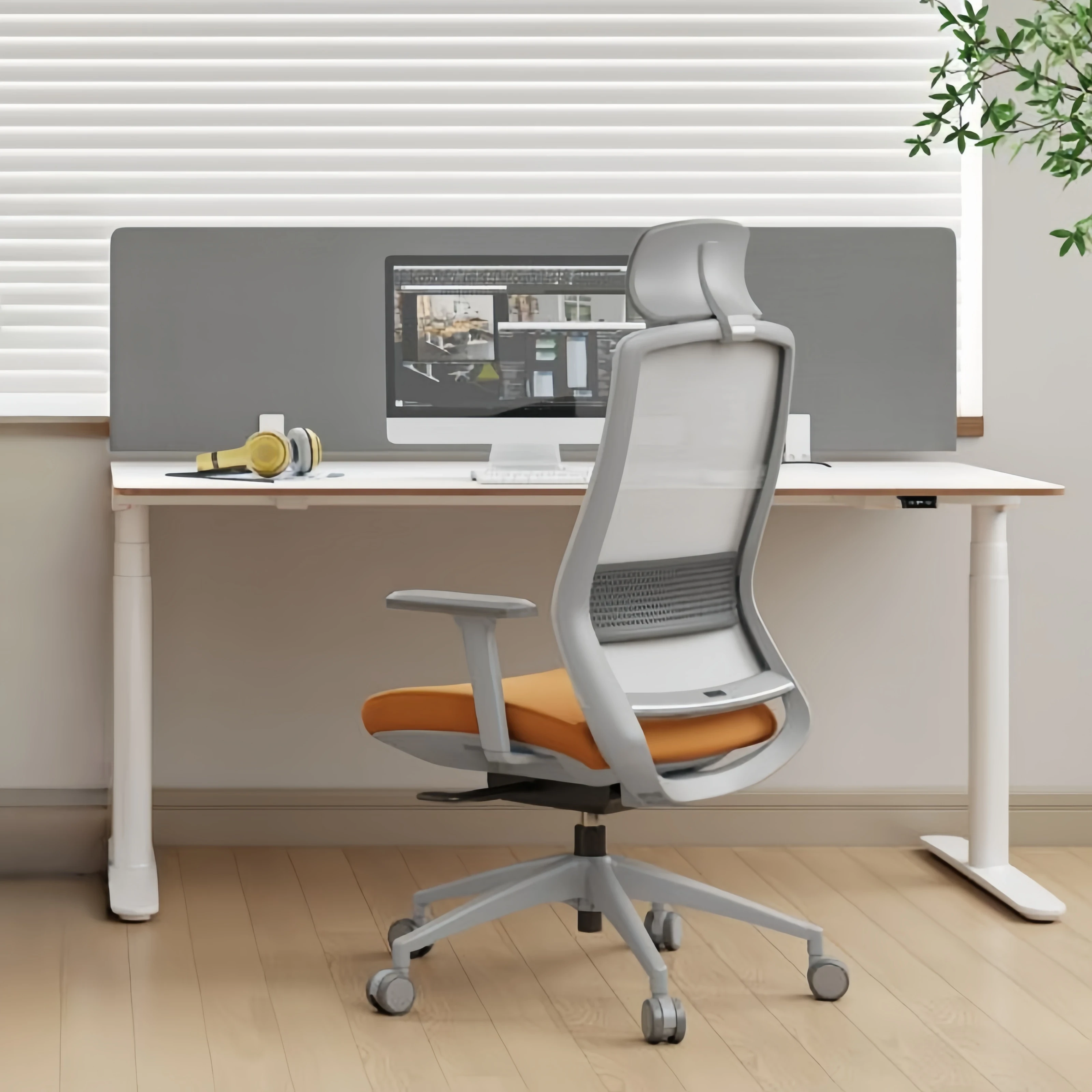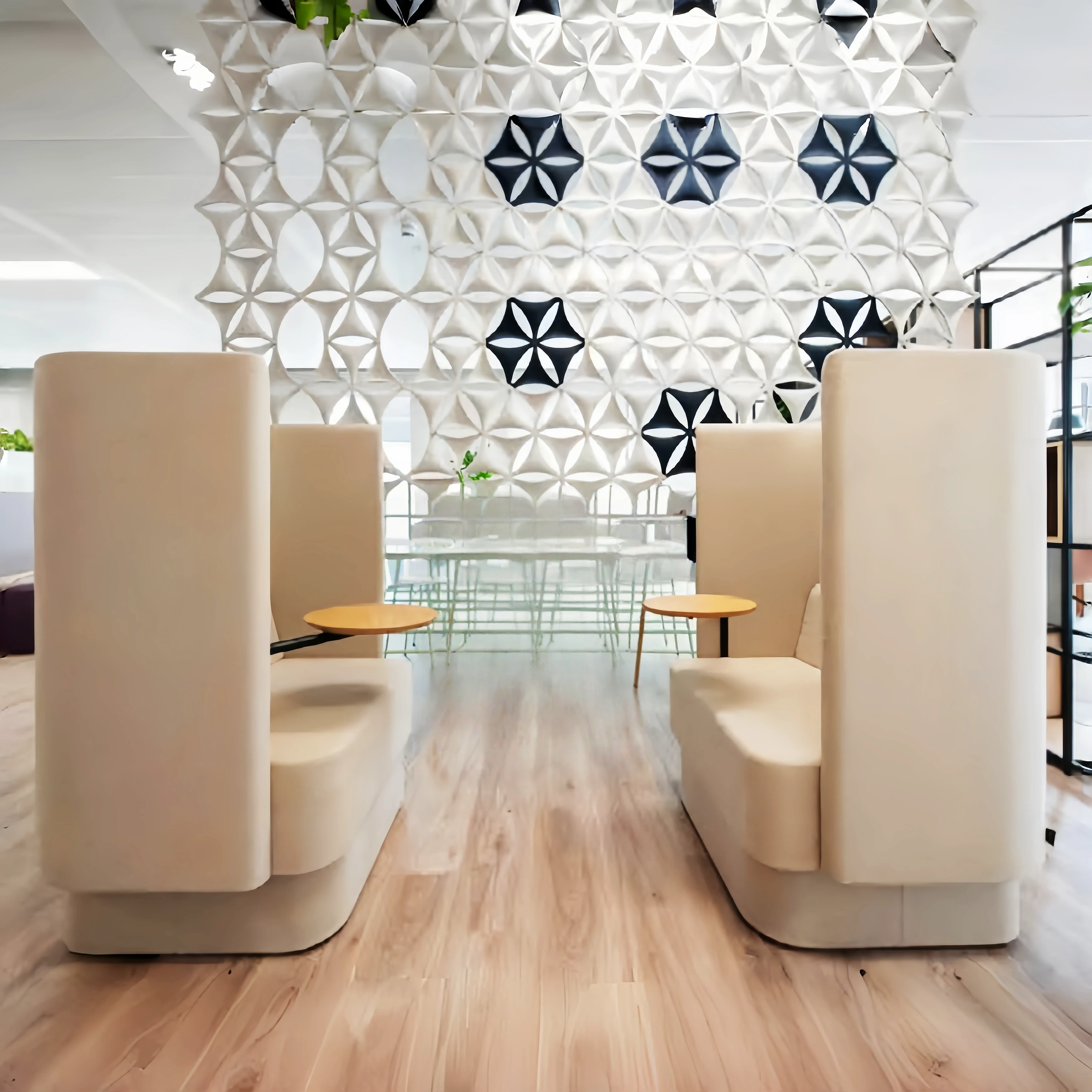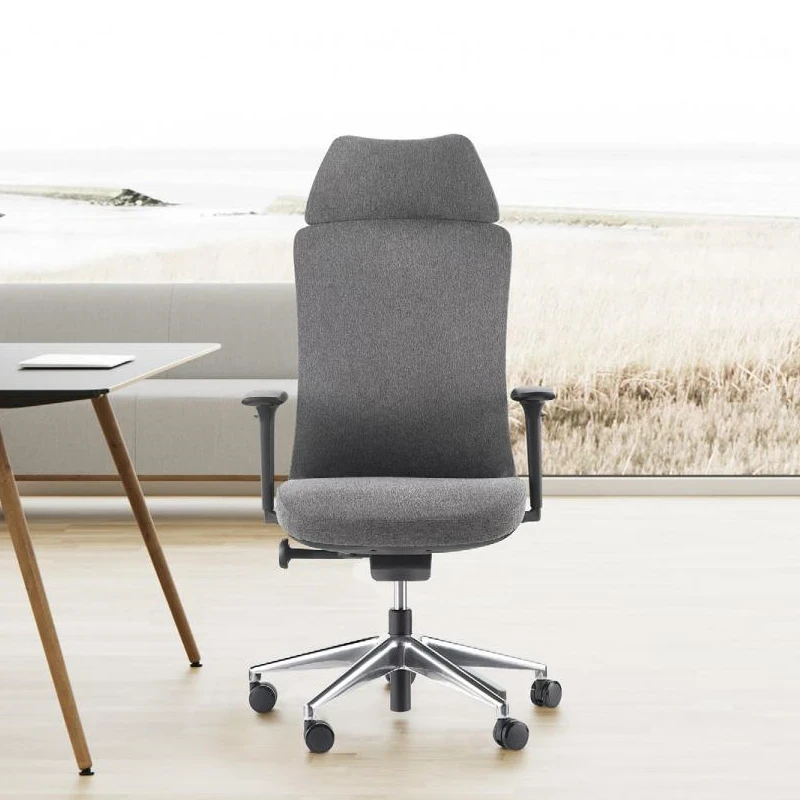How to spend a day peacefully at your workstation is a life-threatening issue for modern workers.
I want to follow the motto "standing is worse than sitting, sitting is worse than lying down", but unfortunately my boss won't let me lie down!
So I have no choice but to continue sitting, but the company's cheap office chair gives my old waist a fatal blow, causing back pain and leg cramps, and I just want to go home and not work.
After finally biting my teeth and preparing to buy myself a better ergonomic chair, I found that I am out of date again. "Standing desks" are the latest trend in the workplace.
What is the magic of standing desks that makes so many senior workers in large companies so popular?
According to a survey by the Centers for Disease Control and Prevention in the United States, about 1/4 of adults sit for more than 8 hours a day. [1] This means that most of people's waking time is spent sitting for long periods of time. I believe that those of you who use your workstation as your home have a deep understanding of this!
A large number of studies have shown that long-term sitting increases the risk of abdominal obesity, cervical spondylosis, lumbar spondylosis, diabetes, heart disease, stroke, hemorrhoids and other diseases, which is very harmful to physical health. [2] In order to deal with the harm caused by long-term sitting, "standing office" has become popular among some large companies and has been loved by many employees. Setting up standing office areas and providing lifting office equipment have become the standard for many large European and American companies to promote humanized office. In East Asian countries such as China, Japan and South Korea, more and more people choose to stand and work, and it has become a popular trend in the workplace. Adjustable office desks and chairs or lifting tables have gradually become the new favorites in the office furniture industry. The idea of standing office is said to have originated from an attempt to solve the obesity problem of another group of people who sit for a long time - primary and secondary school students. German primary and secondary schools set up standing classrooms with high tables. After trying standing teaching for a period of time, it was found that the students lost an average of 2 kilograms. △ Standing desks in British schools It is precisely this result that makes standing office begin to be accepted by office workers who are deeply troubled by problems such as abdominal obesity. A survey conducted jointly by the Non-communicable Disease Risk Factors Collaboration and the World Health Organization (WHO) and published in the renowned academic journal The Lancet shows that the number of obese people worldwide reached over 1 billion in 2022. [3] The data also shows that among adults, the obesity rate among women more than doubled from 1990 to 2022 (from 8.8% to 18.5%), and the obesity rate among men nearly tripled (from 4.8% to 14.0%). 43% of adults are overweight. Abdominal obesity (commonly known as a big belly) is the most important manifestation of obesity in adults! Professor Cowen Fenton, Director of the Office of Health and Well-being at the UK Department of Public Health, believes that this is largely due to the nature of modern work. Replacing long periods of sitting with standing work can help consume energy, reduce weight, improve blood circulation, and promote cardiovascular health. Generally speaking, when standing, the heart rate increases by an average of 10 beats per minute, causing the body to burn an additional 0.7 kilocalories per minute. It can also improve the body's mobility, because if a person stands, they are likely to walk more.
In the health test of 23 Magic Cube, there is a genetic test for "BMI index" (body mass index, an important standard for measuring obesity), which can let you know whether obesity will become a problem for you at work.
When the concept of standing office came out, everyone focused on its effects on weight loss and increasing exercise volume. But the real reason why standing office quickly became popular around the world is that it relaxes the spine of workers.
In a study by April Chambers, a professor of bioengineering at the University of Pittsburgh in the United States, and others, the team systematically analyzed the results of 53 studies and analyzed the impact of working posture on health from six dimensions, including behavioral time, physiological feelings, work performance, psychological feelings, discomfort and posture. It was finally confirmed that the biggest benefit of standing office is to relieve physical discomfort and back pain. [4]
△ Comparison of the pressure on the spine between standing and various sitting postures [5]
At the same time, a large number of tests on spinal pressure have also come to a counterintuitive conclusion: sitting puts much more pressure on the spine than standing. This means standing truly puts the least pressure on the spine among all suitable work postures.
In this regard, 23Mofang also offers a related "lumbar disc herniation" test, which allows you to understand your risk of developing lumbar disc problems and other conditions from prolonged sitting, and provides thoughtful self-diagnosis recommendations for early self-examination.
If you're at high risk for lumbar problems or are already experiencing discomfort, you might consider changing your work posture and joining the ranks of standing desks.
In addition, standing desks are believed to increase alertness, improve work efficiency, and stimulate creativity.
Standing desks increase blood oxygen circulation, effectively improving employees' mental function and making them more alert. Facebook employee Greg Hoy said, "I used to feel sleepy by 3 p.m., but after switching to a standing desk and chair, I feel energized all day long."
Dan Fois published an experiment in New York Magazine, showing a significant increase in his productivity over 30 days of standing desk work. He said, "I've significantly reduced the amount of time I waste, and I've edited and written more than I can remember in any other month."
This experience is not uncommon. Many people have noticed that they tend to be more productive when standing during their daily workdays. They also spend less time on social media and other unproductive tasks.
Standing can also stimulate creativity and collaboration. At the very least, when people stand, colleagues are more likely to be in close proximity and engage in conversation, leading to more cross-pollination of ideas.
UK researchers, after surveying employees at six companies using standing desks, found that employees experienced improvements in stress levels and health, as well as increased energy, focus, and productivity. Public Health England has even issued a national health initiative: "To stay healthy, stand at your desk for one hour a day."
In short, standing at your desk offers numerous benefits. Of course, no one can stand constantly; it's important to combine standing and sitting, and to change postures frequently.

 USD
USD
 GBP
GBP
 EUR
EUR

